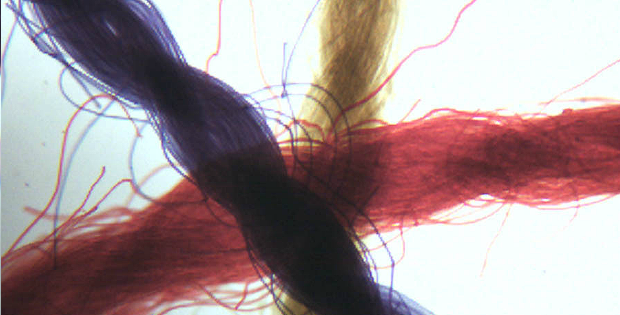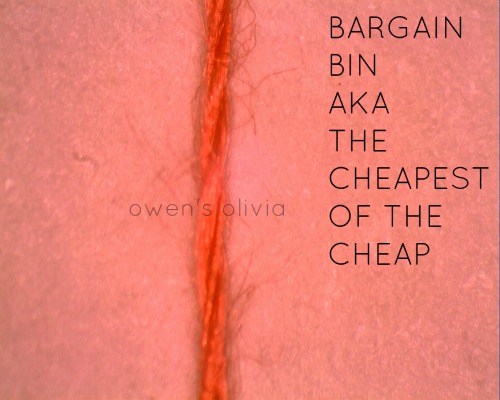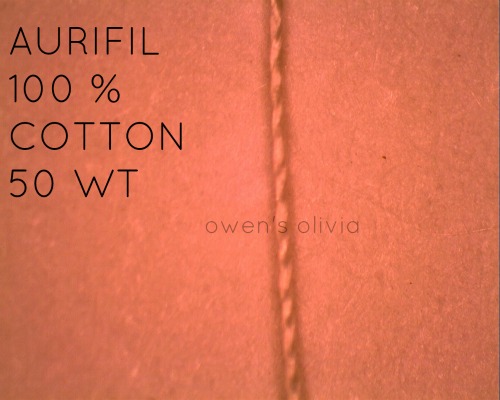How Thread Quality Impacts Every Quilter

Getting a Lot of Lint? Change Your Thread!
If you’ve sewn for awhile you may have noticed that sometimes your machine collects more lint than at other times. What’s the important factor? Thread quality.
Some brands of thread throw off a lot of lint while others don’t. You can clearly see why when you look at thread under a microscope.
A wonderful article at Owen’s Olivia shows several different types of thread under a microscope. You can instantly see why thread quality is so important. “Furry” thread will cause more lint and wear and tear as it goes through your machine than smooth thread will.
Thread quality also affects the thread’s longevity. Some thread will be just as usable 100 years from now while others may not be usable in 20 years.
Longevity is important not just when deciding whether or not an old spool of thread is usable, but in how well your projects will age. After putting many hours into creating a beautiful quilt you don’t want it to start to come apart in a few years because of low quality thread.
The following video gives an excellent overview of thread quality, including must-know information about storing thread. It also shows you how to test whether or not older thread is still usable.
Click here to watch the video at YouTube if it doesn’t play on your device.
Besides photos of various threads under a microscope, you’ll find a lot of good information about thread in the following article. For example, this excerpt from the Superior Threads guarantee describes the properties of good quality thread:
“Quality thread should be smooth, free of bumps or slubs, without excess fuzz, and have a tight, smooth, consistent twist. It will keep your machine much cleaner which means fewer problems for you.”
Not only will you have fewer problems with high quality thread, but you’ll also give your quilts their best chance for long and beautiful lives.
The following threads did well on the “microscope test”, whether cotton, poly or another fiber content.
Image Source: The photo at the top of the page is from Home Science Tools.













